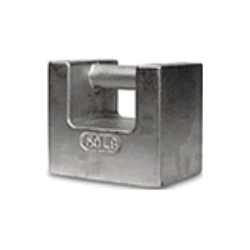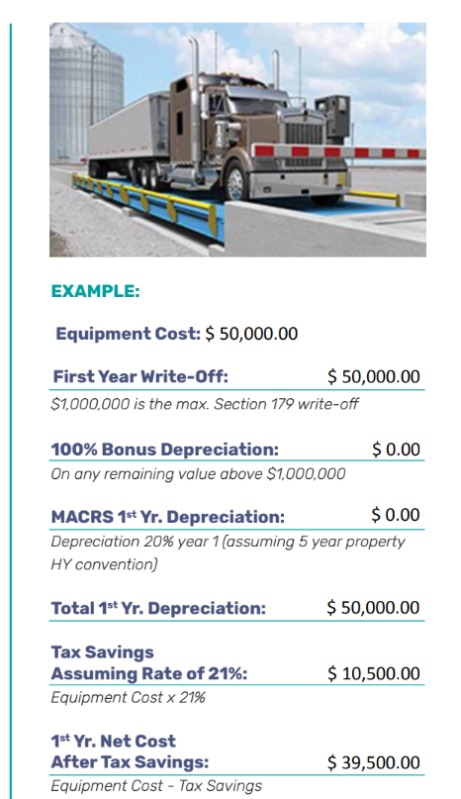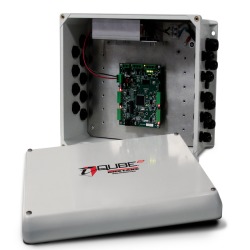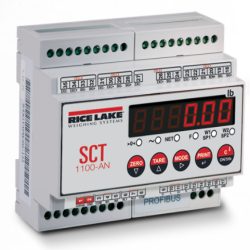Hemp, or industrial hemp, is a strain of the Cannabis sativa plant species that is grown specifically for the industrial uses of its derived products. It is one of the fastest growing plants and was one of the first plants to be spun into usable fiber 10,000 years ago, according to Wikipedia
Below are a few popular questions and answers regarding industrial hemp. You can see the complete question and answer article by viewing the state website.
What kind of plant is industrial hemp?
Industrial hemp is a small seeded, dicot, dioecious, photoperiodic plant. This means that it is a broadleaf and not a grass. There are male and female plants. The plants flower based on a day length trigger.
These plant characteristics will present production and cultivation challenges for North Carolina. The small seed is very sensitive to planting depth, and establishing an acceptable stand will require close attention to a shallow planting depth, firm seedbed and avoiding flooding conditions. The seedling is also small and not very competitive with weeds until the crop is established and canopy closure occurs. There are no labeled pesticides for use on industrial hemp at this time.
How is industrial hemp cultivated?
Industrial hemp is generally grown for; seed, fiber, or floral materials. Each is produced is in a slightly different way. For seed production, plants would generally be seeded at a high plant population similar to a small grain crop. Reported seeding rates are 25 to 40 pounds of seed per acre planted with a grain drill. For fiber, high seeding rates are generally recommended. The reason for high seeding rates and plant population is to limit lateral branching and facilitate harvest. Production of floral materials varies widely from greenhouse production to wider row spacings, which would resemble tobacco or horticultural crop production. Floral buds are harvested, so production systems that promote lateral branching and more numerous flowers per plant would be desirable. Harvesting methods vary.
What are the market opportunities for industrial hemp?
Similar to the limited research for production, little information exists at this time for the market opportunities to potential North Carolina growers. Growers are urged to proceed with caution and closely examine potential market opportunities.
What is hemp used for?
Hemp fibers have been used to manufacture hundreds of products that include fiber for injected/molded composite materials, twine, paper, construction materials, carpeting, clothing, and animal bedding.
Seeds have been used in making industrial oils, cosmetics and other personal care products, and medicines. Hemp seed or oil can be found in cooking oil, salad dressings, pasta, and snack products.
Can I grow hemp in my backyard?
No. Under state and federal laws, industrial hemp growers must be issued a license to participate in the industrial hemp pilot program. The Industrial Hemp Commission is responsible for developing rules and regulations for participating in the program.
What is the difference between industrial hemp and marijuana?
Marijuana and industrial hemp are different varieties of the same plant species, Cannabis sativa L. Marijuana typically contains 3 to 15 percent THC on a dry-weight basis, while industrial hemp contains less than 1 percent (Blade, 1998; Vantreese, 1998). Most developed countries that permit hemp cultivation require use of varieties with less than 0.3 percent THC.
Industrial hemp can be grown as a fiber and/or seed crop. Grown for fiber, it is planted in dense stands to maximize stalk production. Grown for seed or for seed and fiber, plants are spaced farther apart to encourage branching and seed production. Marijuana varieties are grown for their leaves and flower buds, and therefore are grown under low-density conditions to maximize branching.
Authorized research purposes
As part of the industrial hemp research program directly managed by a State land grant
university, a licensed grower may engage in any of the following research activities:
(1) Studying and investigating marketplace opportunities for hemp products to
increase the job base in the State by means of employment related to the
production of industrial hemp.
(2) Studying and investigating methods of industrial hemp cultivation that are best
suited to soil conservation and restoration.
(3) Overseeing and analyzing the growth of industrial hemp by licensed growers
for agronomy research and analysis of required soils, growing conditions, and
harvest methods relating to the production of various varieties of industrial
hemp that may be suitable for various commercial hemp products.
(4) Conducting seed research on various types of industrial hemp that are best
suited to be grown in North Carolina, including seed availability, creation of
North Carolina hybrid types, and in-the-ground variety trials and seed
production. The Commission may establish a program to recognize certain
industrial hemp seeds as being North Carolina varieties of hemp seed.
(5) Studying the economic feasibility of developing an industrial hemp market in
various types of industrial hemp that can be grown in the State, including by
commercial marketing and sale of industrial hemp.
(6) Reporting on the estimated value-added benefits, including environmental
benefits, to North Carolina businesses of an industrial hemp market of North
Carolina-grown industrial hemp varieties.
(7) Studying the agronomy research being conducted worldwide relating to
industrial hemp varieties, production, and use.
(8) Researching and promoting on the world market industrial hemp and hemp seed
that can be grown in the State.
(9) Promoting research into the development of industrial hemp and commercial
markets for North Carolina industrial hemp and hemp products.
(10) Studying the feasibility of attracting federal or private funding for the North
Carolina industrial hemp research program.
(11) Studying the use of industrial hemp in new energy technologies, including
electricity generation, biofuels, or other forms of energy resources; the growth
of industrial hemp on reclaimed mine sites; the use of hemp seed oil in the
production of fuels; and the production costs, environmental issues, and costs
and benefits involved with the use of industrial hemp for energy.
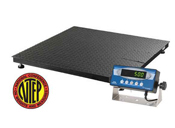
So you may be asking, what interest does CCS have in this product? Turns out, we have had numerous farmers contact us looking for weight scales used in the harvesting of industrial hemp in central North Carolina. Contact us today (919) 776-7737 and let us help you be more efficient and accurate in your processing.

